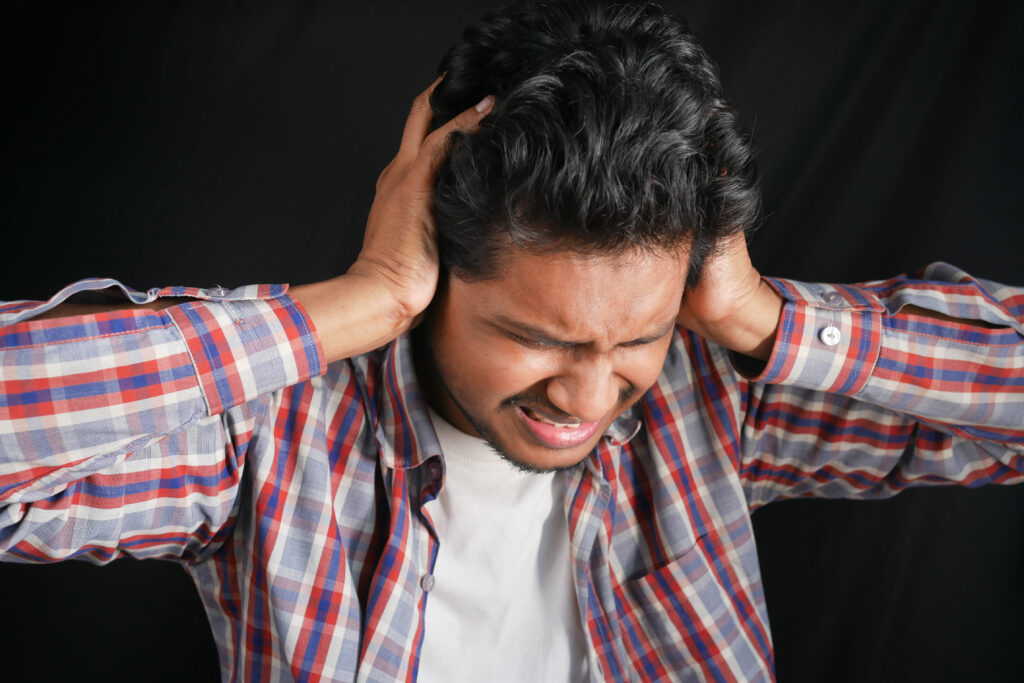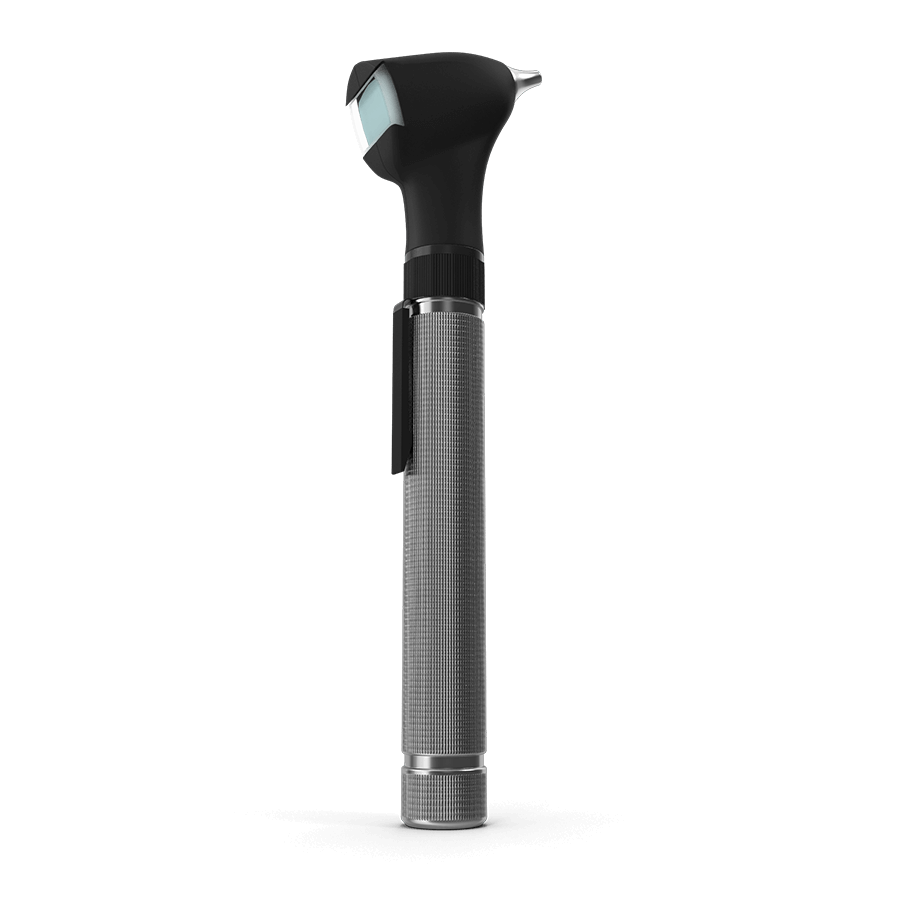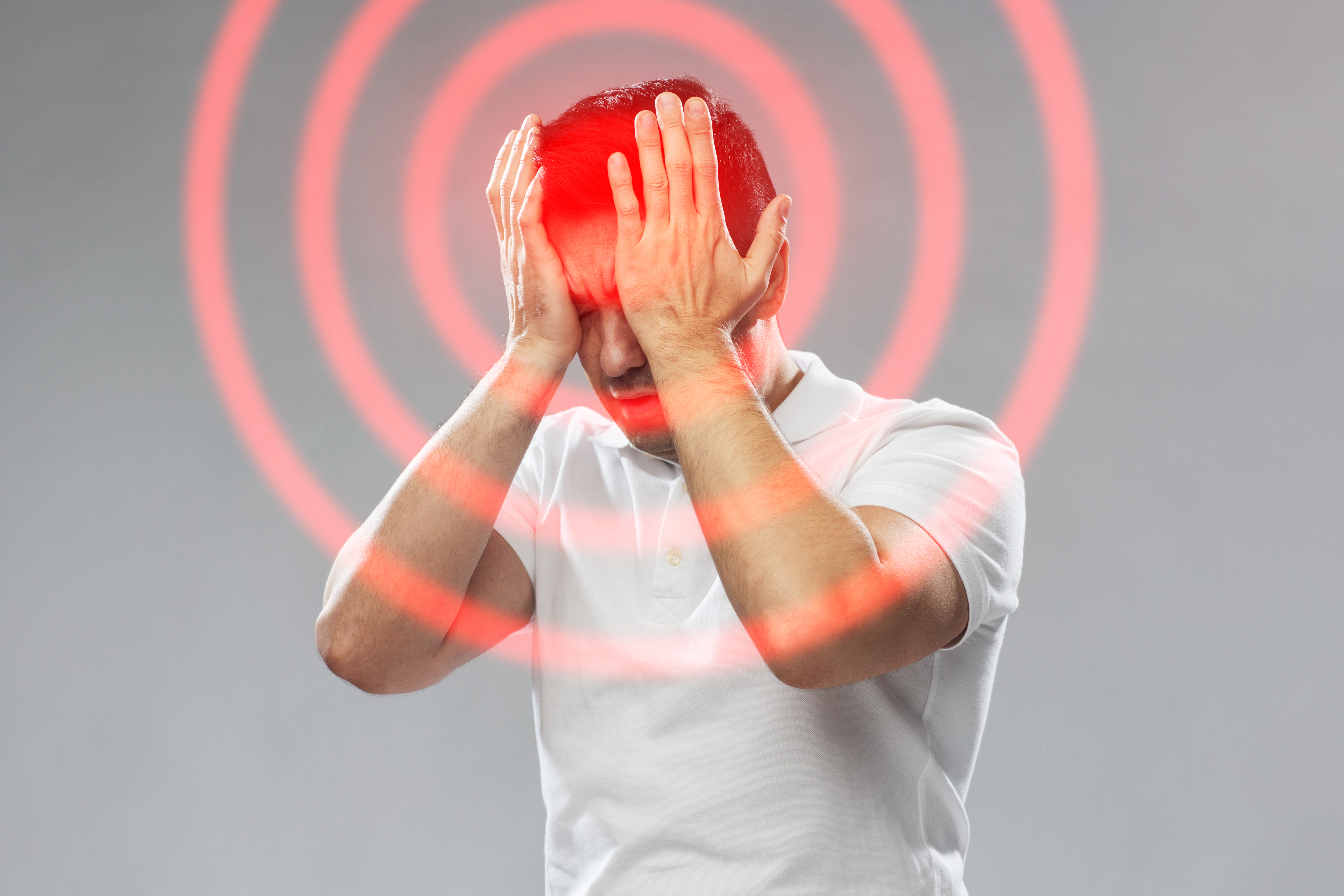Table of Contents
Intro
Most of us tune out the clatter of cups, a friend’s laughter, or a busy street. For people with hyperacusis, these everyday sounds can feel uncomfortably — even painfully — loud. The condition is real, often misunderstood, and it affects daily life in very practical ways: dining out, travelling, working in open offices, even family time. This article explains what hyperacusis is (and isn’t), why it happens, the common triggers and associated conditions, and the forms of support with the best evidence behind them.
What hyperacusis is — and what it isn’t
Hyperacusis is a decreased tolerance to sound. The hallmark is physical discomfort or pain at levels most people find acceptable. Many describe pressure, stabbing pain, or a “too loud/too sharp” quality to otherwise ordinary sounds. It can affect one or both ears, start suddenly or build gradually, and it frequently co-exists with tinnitus. Although hearing tests may show normal hearing thresholds, the way sound is processed feels “amplified” and intolerable.
Two other terms often get mixed in — and separating them helps you get the right help:
• Misophonia refers to strong emotional reactions (anger, anxiety, disgust) to specific trigger sounds such as chewing, sniffing or keyboard tapping. Loudness is not the key issue; the reaction is to particular sounds.
• Recruitment is common in people with sensorineural hearing loss. As sounds get louder, they become uncomfortably loud faster than usual. Here, intolerance to sound is tied to a measurable hearing loss and the ear’s altered loudness growth.
Hyperacusis can overlap with misophonia or recruitment, but the management approach differs. A clear assessment identifies which mechanisms are at play for you.
Common triggers and patterns people notice
Everyday life gives clues. People often report:
• Sharp, high-frequency sounds (cutlery, crockery, children’s squeals) feeling piercing.
• Sudden sounds (hand dryers, car horns, alarms) provoking an instant wince or pain.
• Busy soundscapes (restaurants, shopping centres, open-plan offices) becoming hard to tolerate, especially as the background builds.
• Ordinary domestic sounds (vacuum cleaners, blenders, coffee grinders) seeming too intense, particularly in the morning.
• Ear fullness or burning after exposure, sometimes with a short-lived spike in tinnitus.
• Good and bad days; fatigue, stress, a recent cold, or jetlag can narrow tolerance temporarily.
What might contribute to hyperacusis?
There isn’t a single cause, but several factors are commonly linked:
• Noise exposure or acoustic trauma — a one-off very loud event or cumulative exposure.
• Ear or head injury; some people notice symptoms after concussion or whiplash.
• Migraine and sound sensitivity — on migraine days, tolerance often narrows.
• Ear conditions (e.g., Ménière’s disease) that change how sound is processed.
• Certain neurological conditions or post-viral changes.
• Stress and anxiety — not as “the cause”, but as factors that can tighten the system and make sound feel harsher.
Because different pathways can be involved, the first step is to work out what is driving your sound sensitivity. That means a tailored assessment — calm, methodical and led at your pace — rather than a one-size-fits-all checklist.
Getting a clear, reassuring diagnosis
A good appointment should feel structured and understandable. You can expect:
• A careful history — which sounds bother you, when it began, any precipitating events, and how it affects work and home.
• Ear examination to rule out outer or middle ear problems (wax, infection, pressure issues).
• Hearing tests — not just pure-tone thresholds, but often speech-in-noise measures to understand real-world listening.
• Where indicated, gentle loudness-discomfort characterisation, always paced to your comfort.
• Screening for overlapping issues such as migraine patterns, jaw/neck discomfort, or strong sound-specific reactions suggesting misophonia.
The aim is not to “prove” you have hyperacusis but to understand your profile and agree a plan you can live with.

What helps: evidence-based support
There is no single cure, but there are well-supported ways to regain comfort and confidence. These are the pillars most people find helpful.
Education and pacing
Understanding why sounds feel harsh reduces fear and helps you plan your day. Short, regular “quiet windows” (a few minutes in a calm space) can reset your system after exposure. Just as important is avoiding the boom-and-bust cycle: very quiet days followed by sudden loud environments. Gentle, predictable sound exposure tends to work better than extremes.Thoughtful protection — without overusing it
Carrying discreet earplugs for genuinely loud, unavoidable settings (e.g., concerts, stadiums, power tools) is sensible. Over-protecting every environment, however, can backfire: the brain adapts to the quieter world and ordinary sounds may feel even sharper when you remove protection. The usual advice is targeted, situation-specific protection, not 24/7 earplug use.Sound therapy and sound enrichment
Many people benefit from low-level, neutral sounds (for instance, soft broadband noise, gentle nature soundscapes) to reduce contrast and desensitise the system. This can be delivered through dedicated devices or carefully set hearing-aid features. The principle is gradual sound enrichment: starting comfortable, then very slowly increasing exposure over weeks to months. Consistency matters more than speed.Skills for stress, sleep and startle
Stress, poor sleep and the “jump” to sudden sounds can narrow tolerance. Simple breathing techniques, predictable routines, and good sleep hygiene are not a cure, but they support a calmer baseline so the same sounds feel less aggressive. Many clinics integrate these skills alongside sound therapy.Cognitive-behavioural approaches (where indicated)
When sound fear or avoidance has built up — or when misophonia-type reactions are present — structured psychological strategies can help disentangle reflex reactions from the sounds themselves. The goal is not to “think your way out of it”, but to change the learned links between certain sounds and protective responses, while sound tolerance improves in parallel.Treat what can be treated
If an ear condition, pressure dysfunction, or jaw/neck issue is contributing, addressing that component helps. For example, managing migraine triggers can widen tolerance on “good days”, and tailored physiotherapy may help if jaw or neck tension is part of your sound discomfort pattern.
Practical ways to make life easier this month
• At home: soften kitchen sound peaks (lid on blender, use of “quiet” cycles), and consider a small sound source (low-level fan or ambience) when the house is otherwise silent to reduce contrast.
• Out and about: choose seating slightly away from speakers or coffee grinders; arrive a touch earlier when venues are quieter; agree “check-ins” with friends so you can step outside briefly if needed.
• Work: if open-plan is tough, test different desk positions, request short focus periods in a quieter space, or use gentle sound enrichment via headphones at safe, low levels.
• Travel: pack situational ear protection (not constant), give yourself a quiet pause after airports or trains, and plan first day back with lower-demand environments if you can.
When to seek help urgently
• Sudden hearing loss, new persistent one-sided tinnitus, ear pain with fever or discharge, or neurological red flags (e.g., facial weakness) require prompt medical assessment.
• If sound sensitivity followed a head injury and you also have severe headache, confusion or visual symptoms, seek urgent care.
Setting expectations you can trust
Recovery is rarely a straight line. Most people who engage with a tailored plan — education, measured sound enrichment, targeted protection, and, where needed, psychological support — report steadier progress over weeks to months. The objective is practical: more comfort in everyday places, more social participation, fewer “spikes” after routine sounds, and a sense of control.
Conclusion
Hyperacusis is not “just being sensitive”. It is a recognised decrease in sound tolerance that can make ordinary life feel difficult. With a clear assessment and a realistic plan, most people can widen their comfort zone and re-enter the places and moments that matter. If daily sounds have started to feel sharp, painful or overwhelming, a calm, professional review is a good next step — and small, steady changes can add up to meaningful relief.
Scientific References
https://my.clevelandclinic.org/health/diseases/24320-hyperacusis
https://www.menieres.org.uk/information-and-support/associated-symptoms/hyperacusis-and-sound-sensitivity
https://pubmed.ncbi.nlm.nih.gov/35858241/ and https://pubs.asha.org/doi/10.1044/2022_AJA-22-00035
https://www.webmd.com/brain/sound-sensitivity-hyperacusis
https://www.harleystreetent.com/blog/sound-therapy-and-its-role-in-hyperacusis-management









